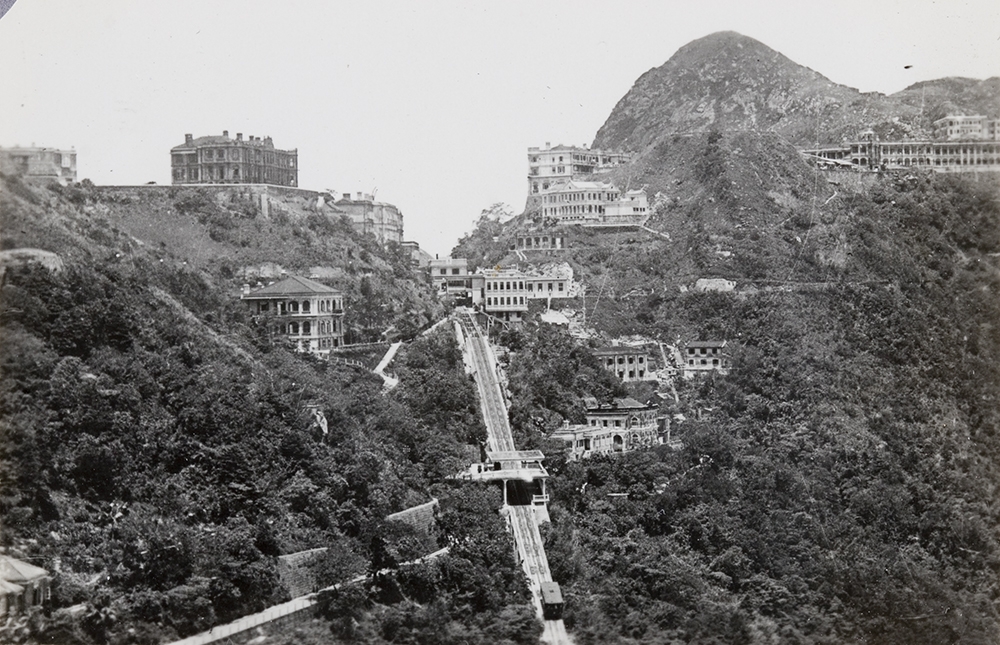Political participation and the multiethnic civil society of interwar Hong Kong
This blog accompanies Vivian Kong’s Historical Journal article Exclusivity and Cosmopolitanism: Multi-Ethnic Civil Society in Interwar Hong Kong
Little did I know what the Kowloon Residents’ Association (KRA) was really about when I first encountered it during my PhD research on multiracial Britishness in interwar Hong Kong.
Having uncovered the global perspectives of Hong Kong urbanites and their keen interest in civic associational culture, I was curious how a growing identification with Britishness affected their civic engagements. I started looking at different civic associations in the colony. Of the many I discovered, the KRA caught my interest with its culturally diverse membership. It was formed in 1919 to demand more public works in the district of Kowloon. Despite being predominantly white in its early years, its membership and leadership became more culturally diverse during the 1920s. In 1931, it had at least 85 Chinese, 6 Eurasian, 58 Macanese, 1 Filipino, 3 Parsi, and 5 Jewish members among its 379 members, who were mostly professionals and businessmen.


What further convinced me of the KRA’s significance was its members’ keen interest in local politics. They did not only want the government to develop Kowloon, but also to have a say on how exactly the government would do so. They felt that the government only listened to the wealthy residents who lived on the Peak. Despite their own growing wealth, they considered themselves only middle-class residents whose ability to shape local politics was disadvantaged by Hong Kong’s constitutional design. This self-perceived inferiority generated a solidarity amongst these urbanites of different ‘races’, motivating them to participate in the KRA.

They demanded insistently for more and better representation in the Legislative Council, as well as a municipal government in Kowloon. These calls aside, members generally were cooperative with the government. They often approached relevant government departments with detailed proposals of work needed. They acted as an advisory body for the government and solicited public opinion on their behalf. It is often assumed that residents in pre-war Hong Kong were politically apathetic, but the KRA provides evidence that challenges such a view.
When situated within the wider civil society of interwar Hong Kong, the KRA helps us see that, even as early as the 1920s, hundreds of men and women of different ethnic backgrounds actively used associational culture to overcome racial and class hierarchies and participate in local and international politics. A hundred years later, the claims that KRA members made about widening political representation and constitutional reforms sit at the heart of the protests taking place on the streets of Hong Kong. This makes it even more pressing for us to understand better the longer history of civic movements in the city, to rethink why some of the demands KRA members made about political reforms were not answered, and to understand the value that multi-culturalism brought to the city’s development.






